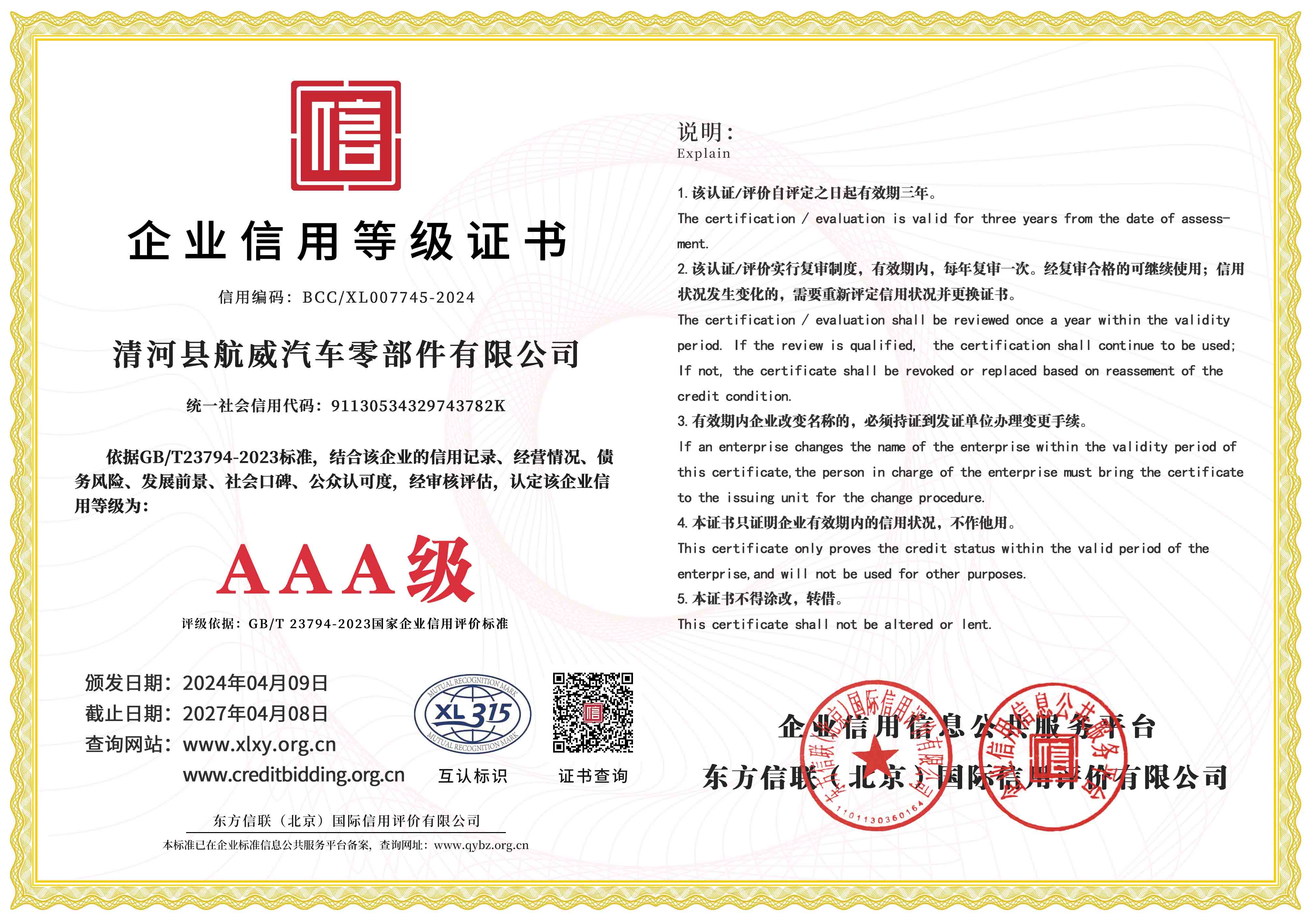Universal Hand Brake System for Enhanced Control and Safety in Various Vehicle Types and Models
Understanding the Universal Hand Brake
The universal hand brake is a crucial component in the realm of automotive engineering, serving as an essential safety feature in vehicles. Designed primarily to provide an additional layer of security when parking, this device plays a vital role in preventing a vehicle from rolling downhill or moving unexpectedly when parked.
What is a Universal Hand Brake?
A universal hand brake, also known as a parking brake or emergency brake, is a mechanical device that operates independently of the primary braking system. It is typically engaged by pulling a lever located between the front seats or pressing a pedal (in some vehicle designs). Unlike the main braking system, which is designed to slow down or stop the vehicle during operation, the hand brake is specifically intended to keep the vehicle stationary when parked.
The design of the universal hand brake can vary across different vehicles and manufacturers. Most commonly, it operates through a cable that connects the hand brake lever to the rear brake mechanisms. When the lever is pulled, the cable tightens, engaging the brake shoes on the rear wheels, thus preventing them from turning.
Importance of the Universal Hand Brake
The importance of the universal hand brake extends beyond mere convenience. It serves multiple functions
1. Safety The primary purpose of the hand brake is to ensure safety by preventing a vehicle from rolling away when parked. This is particularly important on inclines or uneven surfaces.
universal hand brake

2. Control In situations where the primary braking system may fail or require maintenance, the hand brake provides an additional means of control. It can be used to slow down or stop the vehicle in emergencies.
3. Legal Requirements Many jurisdictions mandate the presence and functionality of a parking brake in vehicles as part of safety regulations. Failure to comply can result in legal penalties and increased liability in case of accidents.
4. Versatility The universal hand brake is designed to be adaptable across different vehicle types. Whether it’s a sedan, SUV, or commercial vehicle, the hand brake serves a similar function, making it a standardized feature across the automotive industry.
Maintenance of the Universal Hand Brake
To ensure the effectiveness of the universal hand brake, regular maintenance is essential. Vehicle owners should periodically check the hand brake for any signs of wear and tear, such as frayed cables or reduced lever resistance. A well-maintained hand brake will not only provide peace of mind but will also enhance overall vehicle safety.
If a hand brake feels loose or fails to hold the vehicle securely, it may require adjustment or servicing. Most modern vehicles have an adjustable hand brake system, allowing for easy maintenance. However, if unsure, it’s wise to consult a professional mechanic to avoid potential hazards.
Conclusion
The universal hand brake is more than just a lever in a car; it is a vital safety feature that ensures vehicles remain stationary when parked. Its role in preventing accidents, providing control during emergencies, and adhering to legal standards underlines its importance in automotive design. As vehicle technology advances, the hand brake may evolve, but its fundamental purpose will remain unchanged. Regular maintenance is key to keeping this critical component in working order, ensuring both driver and pedestrian safety. Every vehicle owner should recognize and appreciate the significance of the universal hand brake, as it plays an indispensable role in the overall safety of automotive travel.
-
Upgrade Your Control with Premium Throttle CablesNewsAug.08,2025
-
Stay in Control with Premium Hand Brake CablesNewsAug.08,2025
-
Experience Unmatched Performance with Our Clutch HosesNewsAug.08,2025
-
Ensure Safety and Reliability with Premium Handbrake CablesNewsAug.08,2025
-
Enhance Your Vehicle with High-Performance Clutch LinesNewsAug.08,2025
-
Elevate Your Ride with Premium Gear CablesNewsAug.08,2025
